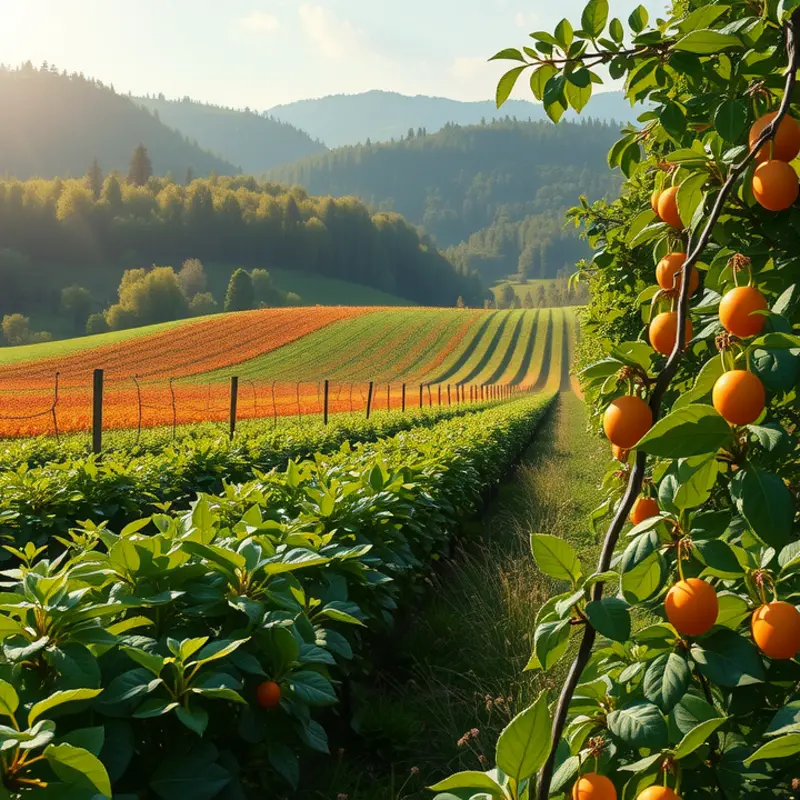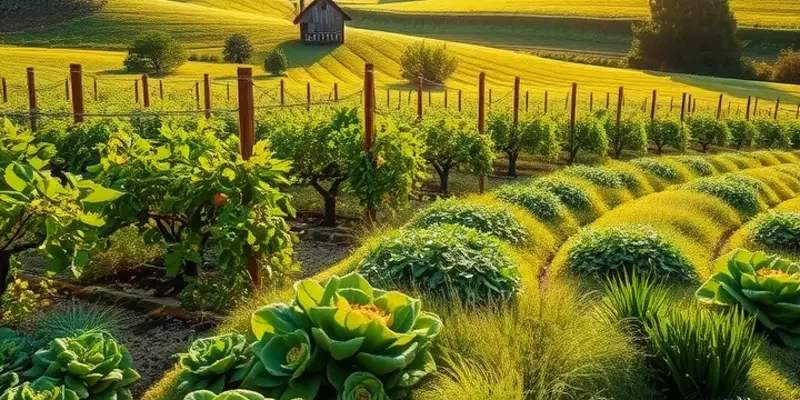Ingredient burning can ruin dishes and deter even the most enthusiastic home cooks. Fortunately, there are practical strategies to prevent this common issue. By understanding cooking techniques and utilizing effective tools, you can enhance your culinary skills and keep ingredients from burning. This guide provides actionable tips that cater to cooks of all levels, transforming your kitchen experience into one that’s more enjoyable and successful.
Understanding Ingredients and Heat

Cooking is as much about understanding your ingredients as it is about applying heat. Each ingredient has unique properties that determine how it interacts with heat, and mastering this knowledge is key to preventing burning.
Oils
The choice of oil can significantly impact your cooking. Oils have varying smoke points, which is the temperature at which they begin to burn and smoke. For instance, butter and extra virgin olive oil have low smoke points, making them suitable for low to medium heat. In contrast, oils like avocado and grapeseed have higher smoke points and are ideal for high-heat cooking.
Understanding this can prevent your oils from breaking down, which not only affects taste but also nutritional value. Monitoring your cooking oil’s temperature and adjusting the heat can keep your dishes flavorful and healthy.
Proteins
Proteins, such as meat, fish, and tofu, react to heat differently. Meats will often burn if the cooking surface is too hot, creating a charred exterior while leaving the interior undercooked. Managing temperature through techniques like searing at high heat and then lowering it can ensure even cooking.
Fish, being delicate, requires a gentler approach. Using methods such as steaming or poaching can prevent burning while maintaining tenderness. For plant-based alternatives, such as tofu, starting with a medium heat helps achieve a crispy texture without burning.
For detailed strategies on cooking seafood effectively, Speedy Seafood Prep offers helpful insights.
Vegetables
Vegetables vary in water content, affecting how they cook. For instance, high-water content vegetables, like zucchini, can quickly steam over high heat, whereas denser vegetables, such as potatoes, need more time and should be cooked at a lower temperature to avoid burning.
Braising or steaming vegetables can be effective methods for those prone to burning, as these techniques use moisture to distribute heat evenly. Pay attention to the size and cut of vegetables; smaller pieces cook faster, potentially leading to burning if not monitored closely.
Controlling Temperature and Timing
Mastering temperature and timing is crucial to prevent burning. Implementing tools like a kitchen thermometer can be invaluable. Adjustments should be made based on the cooking surface, type of cookware used, and even the altitude of your location, as these factors can affect heat distribution.
Using an appropriate lid can help retain moisture and reduce the risk of burning by lowering the needed heat intensity. Practicing attentive cooking, where you frequently check and adjust, can immensely contribute to delivering perfectly cooked dishes.
Embracing an understanding of how ingredients react to heat equips you with the knowledge to avoid burning and create delicious meals confidently. By managing heat and being mindful of cooking times, every home cook can elevate their culinary skills.
Practical Tips to Avoid Burning

Selecting the right pan is the first step to prevent ingredient burning. Opt for pans that distribute heat evenly. Stainless steel or cast iron pans are great choices for most cooking tasks. They retain heat well, allowing for even cooking. Avoid using lightweight pans that might heat unevenly, causing hotspots.
Choosing the correct heat level is also important. Start with medium heat and adjust as needed. High heat can quickly burn ingredients, especially delicate items like garlic and herbs. It’s often unnecessary for anything other than searing. Keep a close eye on the cooking process, so ingredients don’t settle at the bottom and burn unnoticed.
When it comes to cooking techniques, stir-frying and sautéing are excellent methods to avoid burning. With stir-frying, constantly tossing ingredients in the wok prevents them from sticking and burning. For sautéing, keep the food moving with gentle, flipping motions to ensure even exposure to heat. Always preheat your pan when using these methods, as it helps ingredients cook evenly.
Seasoning at the right moment can also minimize burning risks. Salt draws moisture out of ingredients, which can lead to quicker browning and potential burning. It’s best to add salt towards the end of the cooking process, particularly for vegetables and delicate proteins like fish. Similarly, adding splashy ingredients, like soy sauce, at the end prevents them from reducing too early and causing a burnt residue.
Another useful technique is to incorporate a bit of water or broth while cooking. This protective method creates steam, which cooks ingredients evenly without direct contact with the pan’s surface. The added liquid also enhances flavors and prevents ingredients from drying out.
Covering the pan is also beneficial, especially for dishes that require a longer cooking time. The lid traps steam, maintaining moisture and heat, reducing the likelihood of burning. However, be cautious with uncovered cooking for crispy results.
Maintain cleanliness throughout the cooking process. Bits of leftover food in the pan can ignite and burn new ingredients. Regularly checking and cleaning your pan ensures that no residual debris affects the meal you are preparing.
Mindful ingredient preparation can also play a role. Cut ingredients into uniform sizes to ensure each piece cooks at the same rate. This step can prevent smaller pieces from burning before larger pieces are fully cooked.
For more tips on preparing ingredients, explore this practical ingredient batching guide. Effective preparation can streamline your cooking and minimize burning risks.
Integrating these techniques into your cooking routine will lead to flavorful, well-cooked dishes while steering clear of the dreaded burn.
Final words
Preventing ingredient burning is achievable with knowledge and practice. By understanding how different ingredients behave under heat and adopting practical cooking techniques, you can greatly enhance your culinary skills. Remember to choose your tools wisely, adjust your cooking methods to each ingredient’s needs, and never rush the process. Mastery comes with experience, so keep practicing and experimenting in the kitchen. Enjoy the process and watch your confidence grow along with your cooking abilities. Happy cooking!







